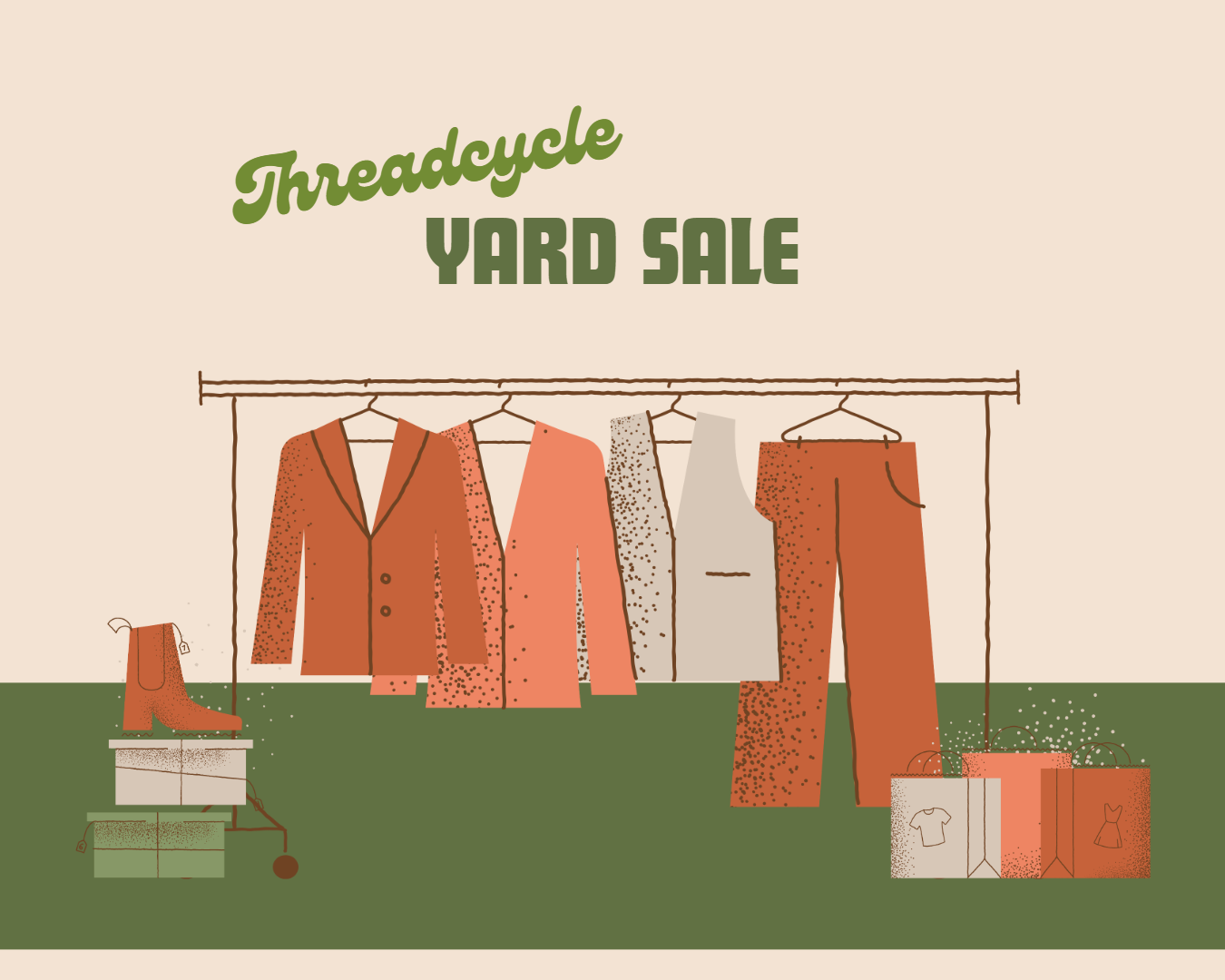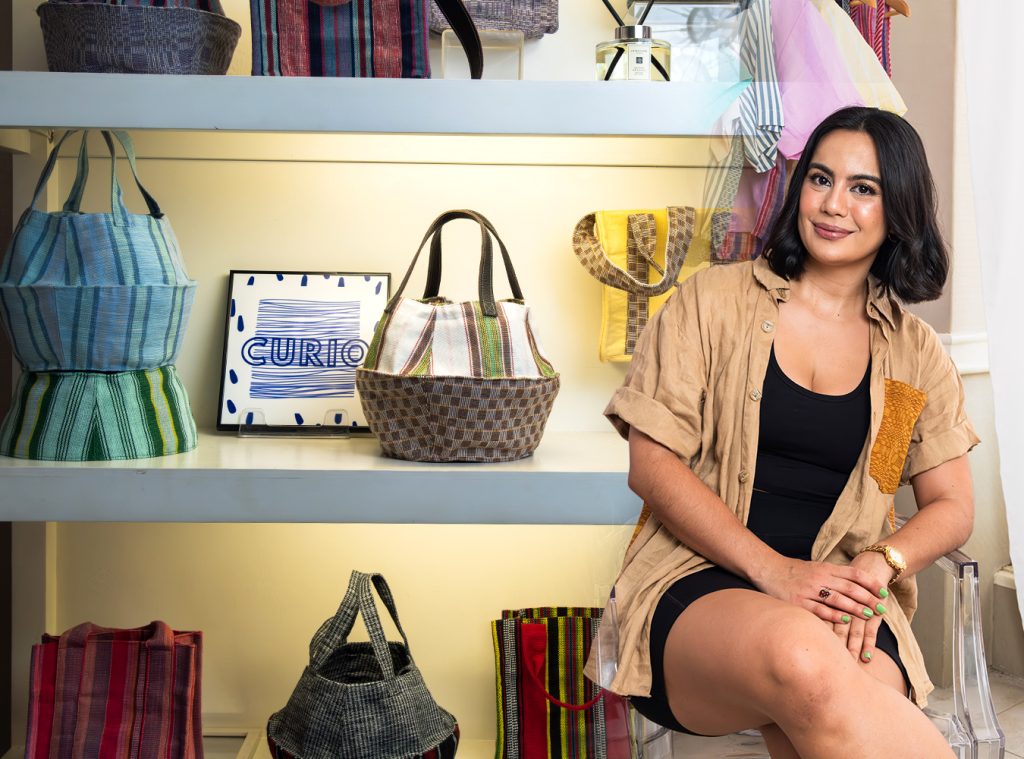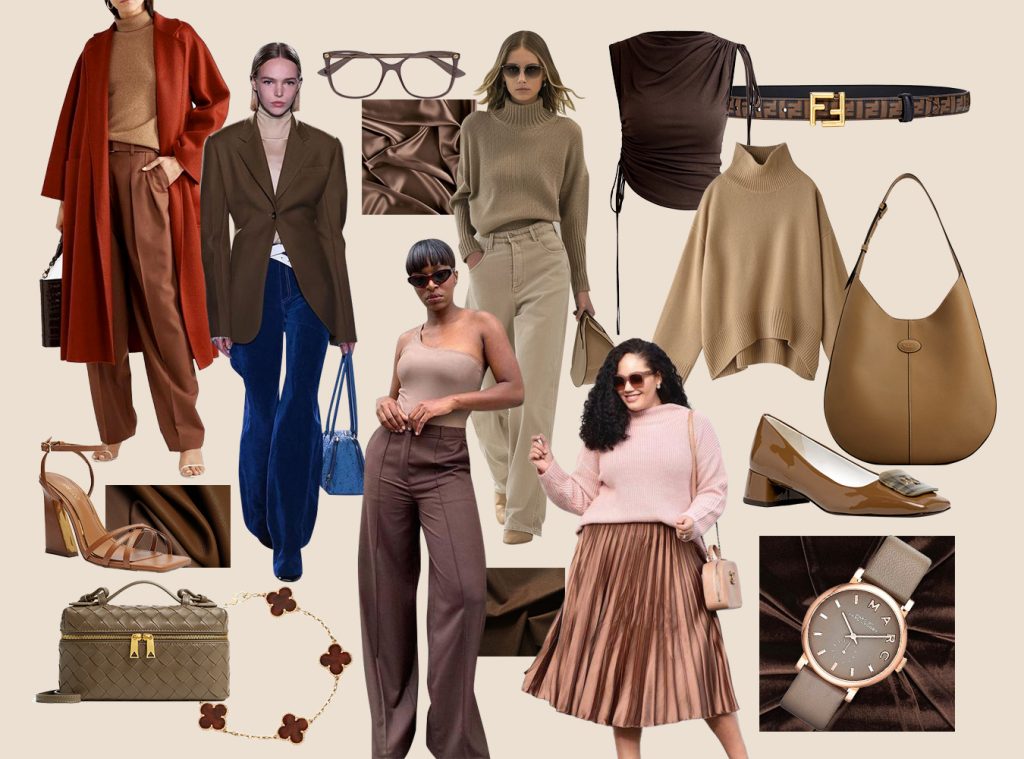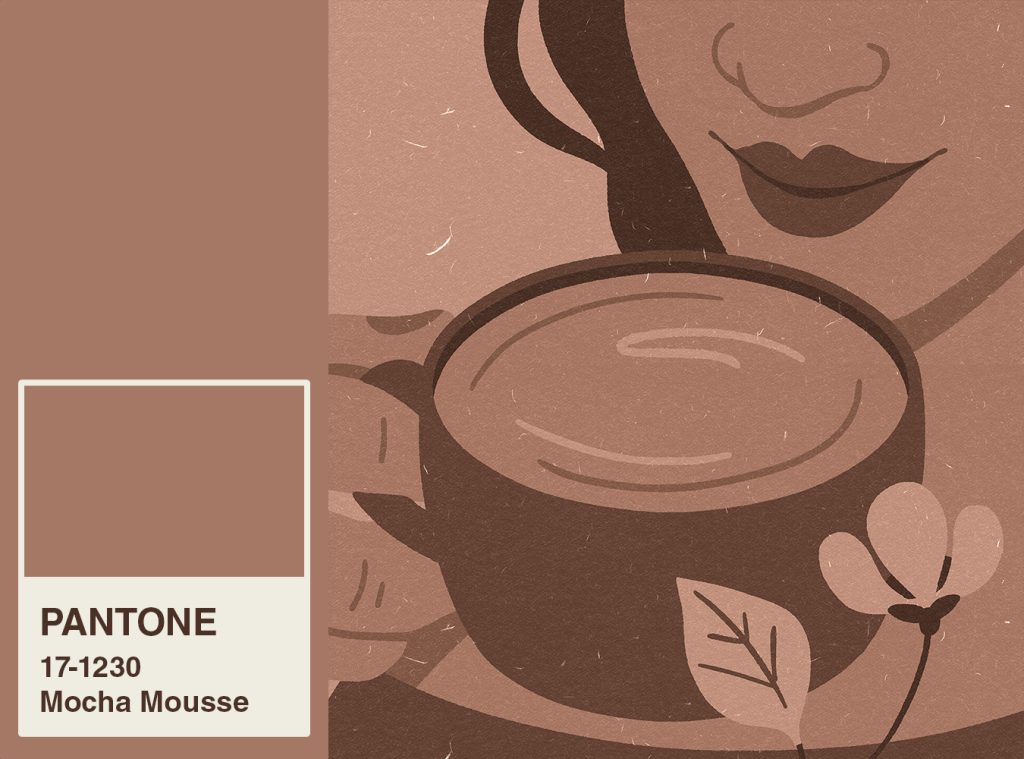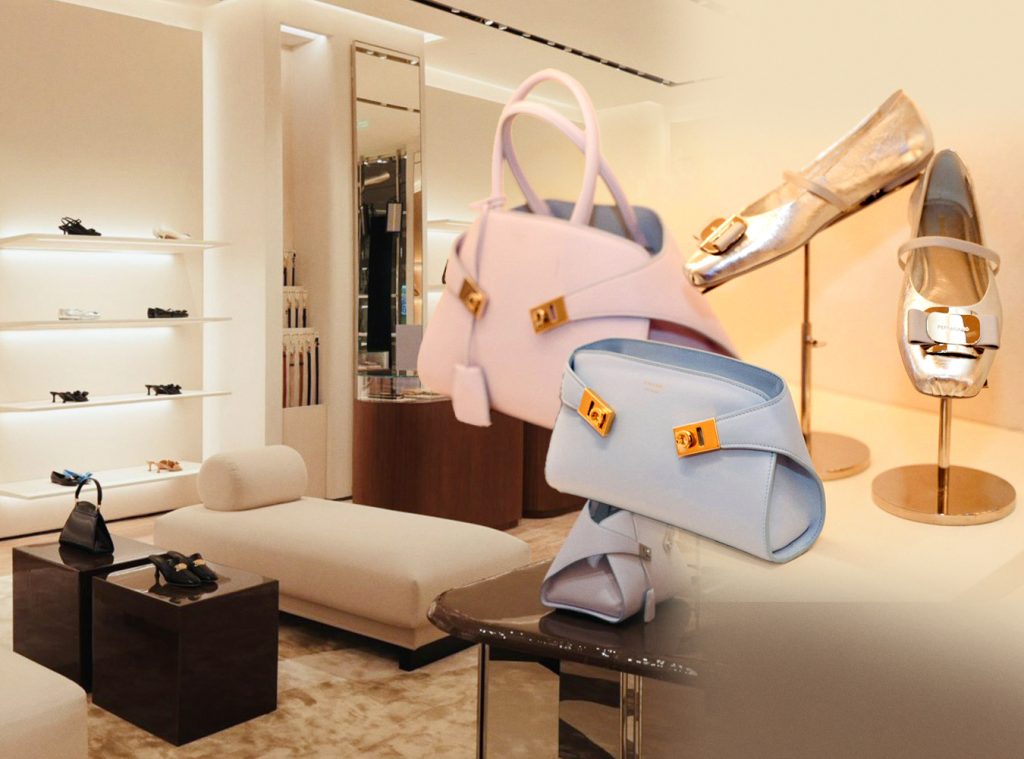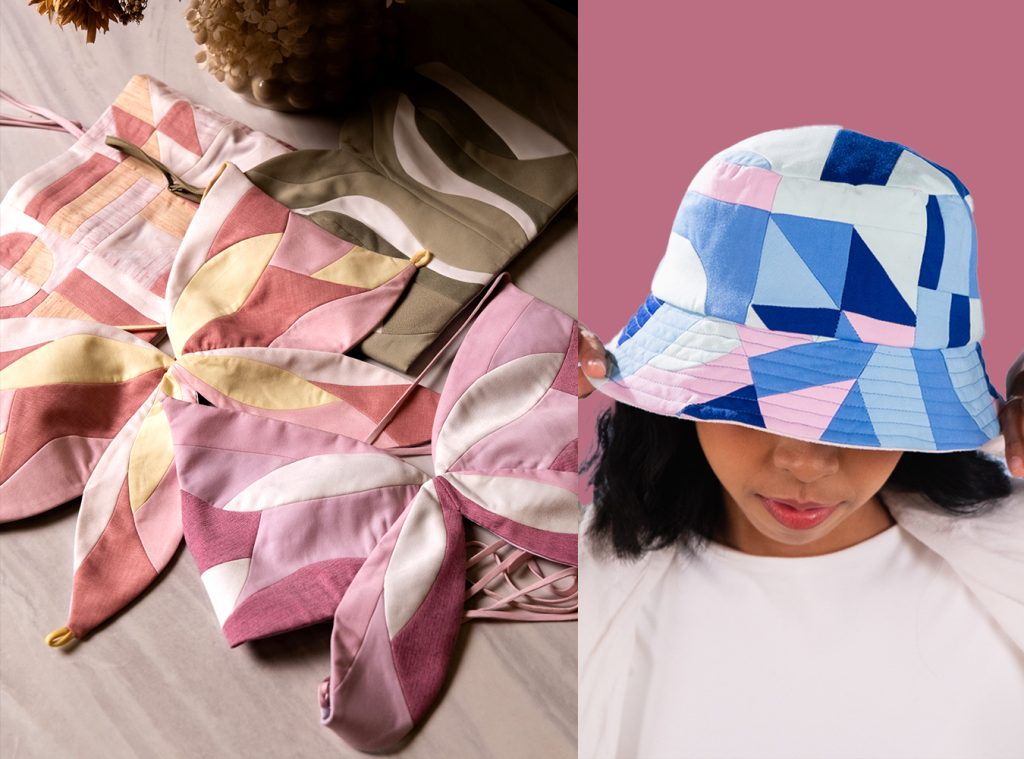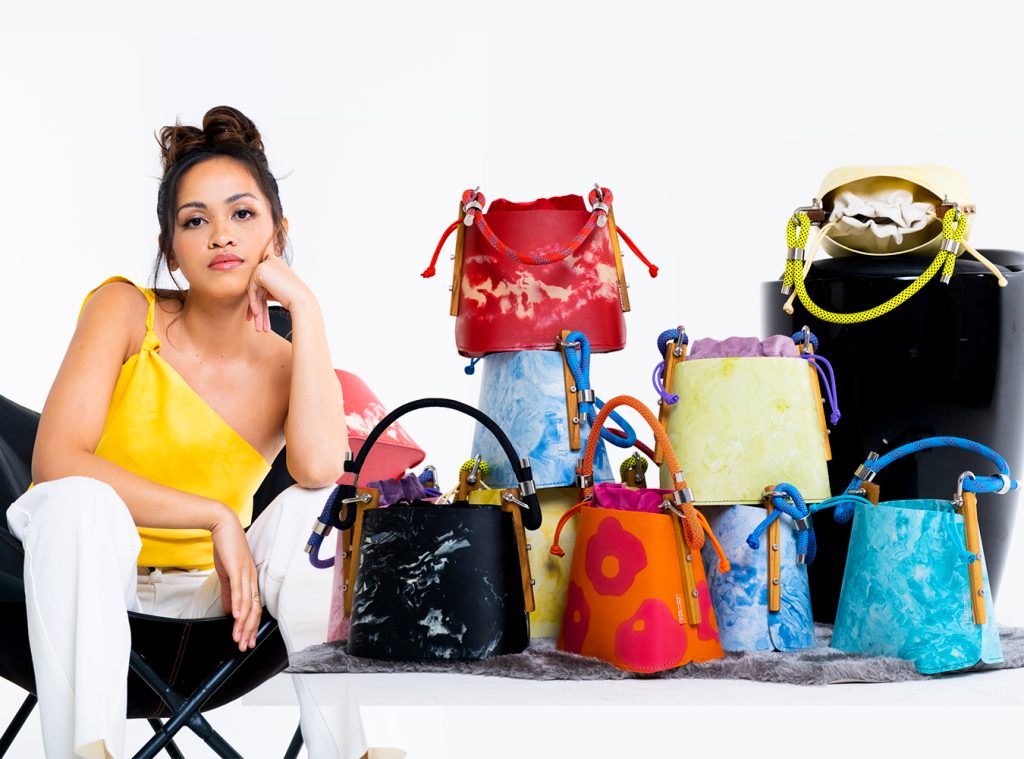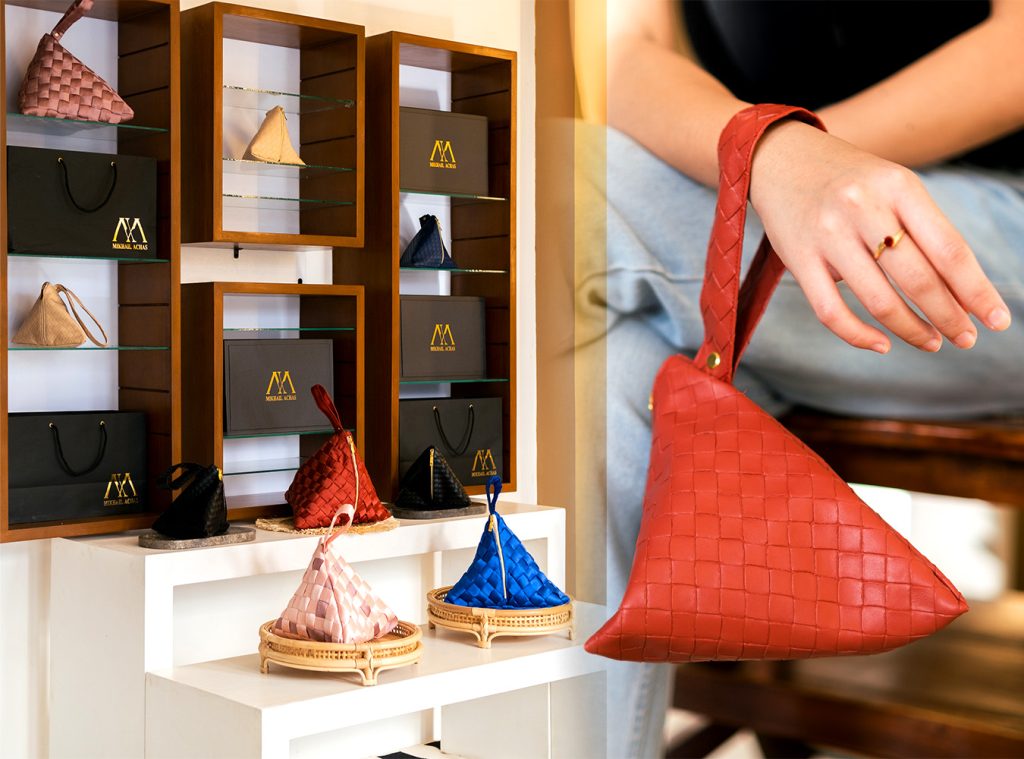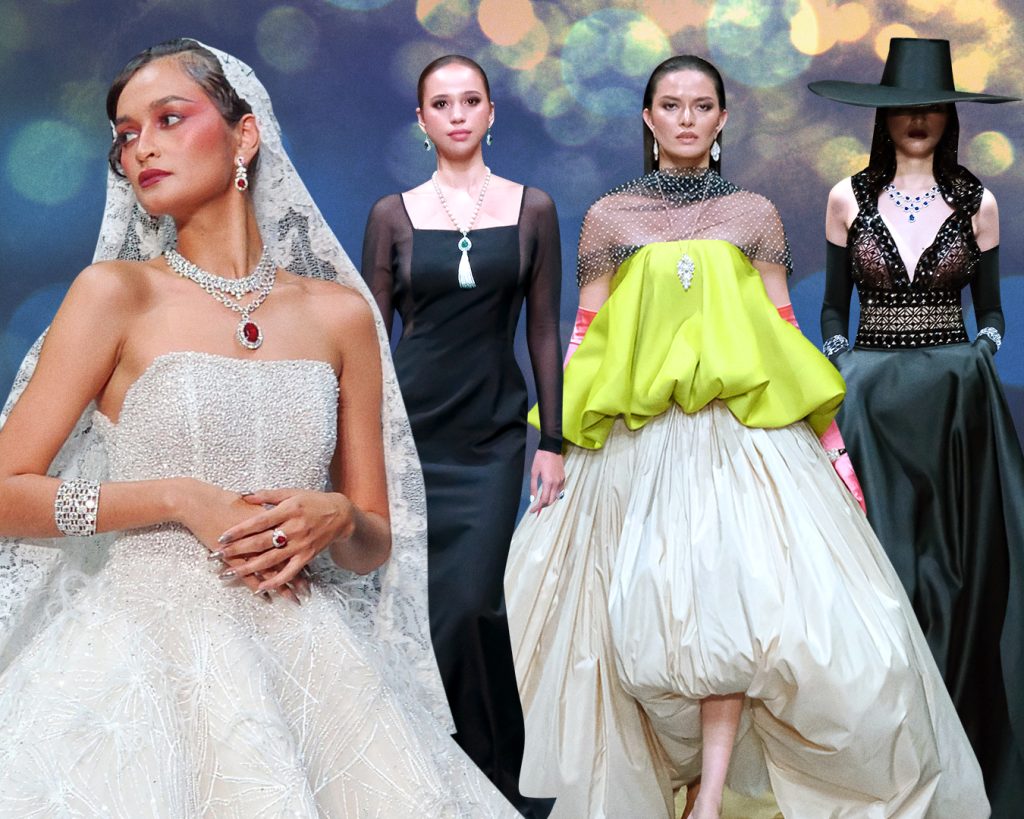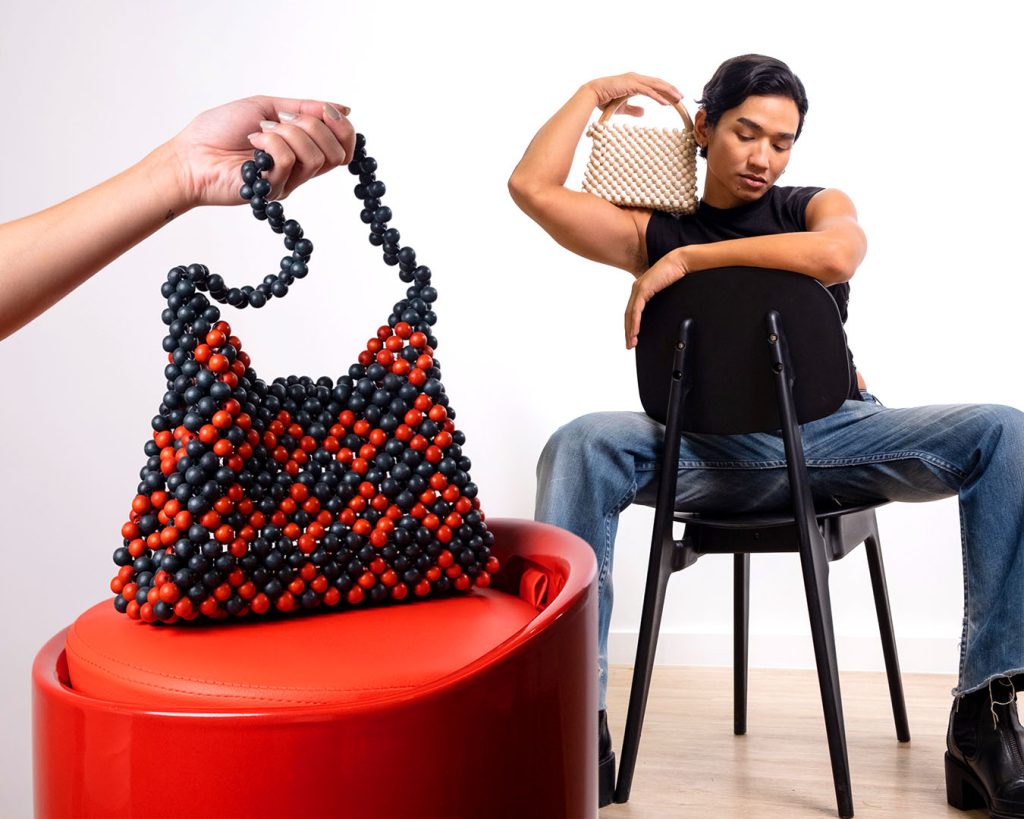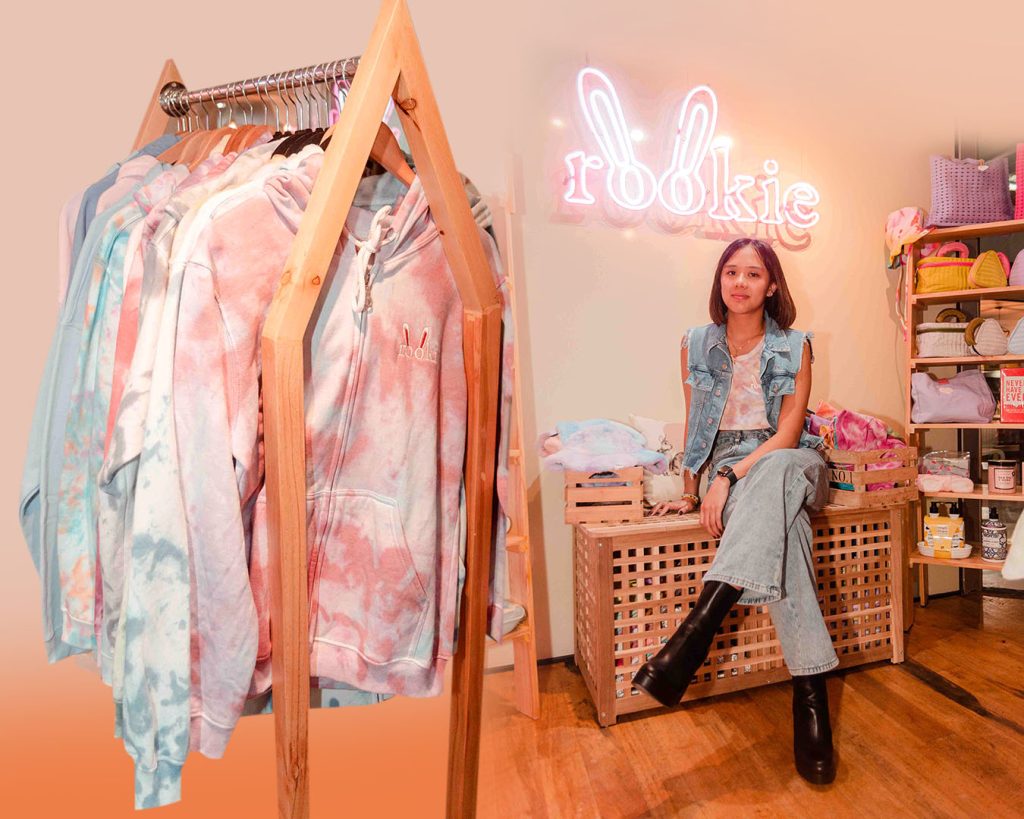These days, it feels as if wherever we turn, news about climate change, pollution, and the state of our planet bombards us. It can be a little overwhelming, knowwhatimsayin? But here’s the thing: saving the environment has never been more important than it is right now. Seriously, we’re at a crucial point where our actions (or inactions) put a direct impact on our planet’s future and all the living beings that call it home.
Think about it. We’re seeing some extreme weather events becoming more frequent and intense. Rising global temperatures are causing ice caps to melt, sea levels to rise, and ecosystems to suffer. The air we breathe is polluted with harmful emissions, and our oceans are drowning in plastic waste. Never in a million years would I expect the Philippines to get any hotter.
Why now, you ask? Well, simply put, time is of the essence. The longer we (yes, we) delay taking action, the harder it is to undo the damage we’ve already caused. We need to shift gears and start making significant changes in the way we live, consume, and interact with our environment.
We’re not alone in this fight. People from all walks of life are waking up to the reality that we can’t keep taking our planet for granted—activists, scientists, businesses big and small, and even fashion designers.
Fashion Shows Aren’t Just Clothes
Joining forces to find resourceful solutions and boost sustainable practices, the fifth season of Threadcycle invites fashion designers Jann Christian Bungcaras and Antonette Loon (known as Marie Estrera in the industry) to spread awareness through fashion. Threadcycle is something like a pop-up yard sale where you can buy, sell and donate different items; an environmentally conscious initiative by Pixie Dust Creations, a PR and events services brand, to invite the community to make a positive impact on our environment.
Among many activities this season, Threadcycle brings out a fashion show highlighting some of our local fashion designers’ eco-sustainable works. Internationally recognized designer Jann Bungcaras shares that he designs with “low-waste, low-impact materials, for longevity, circularity and recyclability” for his work to have a positive environmental impact. To accomplish this, he observes several approaches such as using public transport when traveling and making deliveries to reduce carbon emissions, and selecting reclaimed textile wastes that were discarded or donated. He even goes as far as using mechanical machines for less energy and only when needed, hand-sewing most of his work.
He makes great effort designing for longevity, coming up with designs that start conversations and create emotional connections with consumers. “Adding a sentimental value, or let’s say a memory, will make a garment hard to throw or give away; therefore they can be re-worn as much as the wearer allows them to be,” Bungcaras shares.
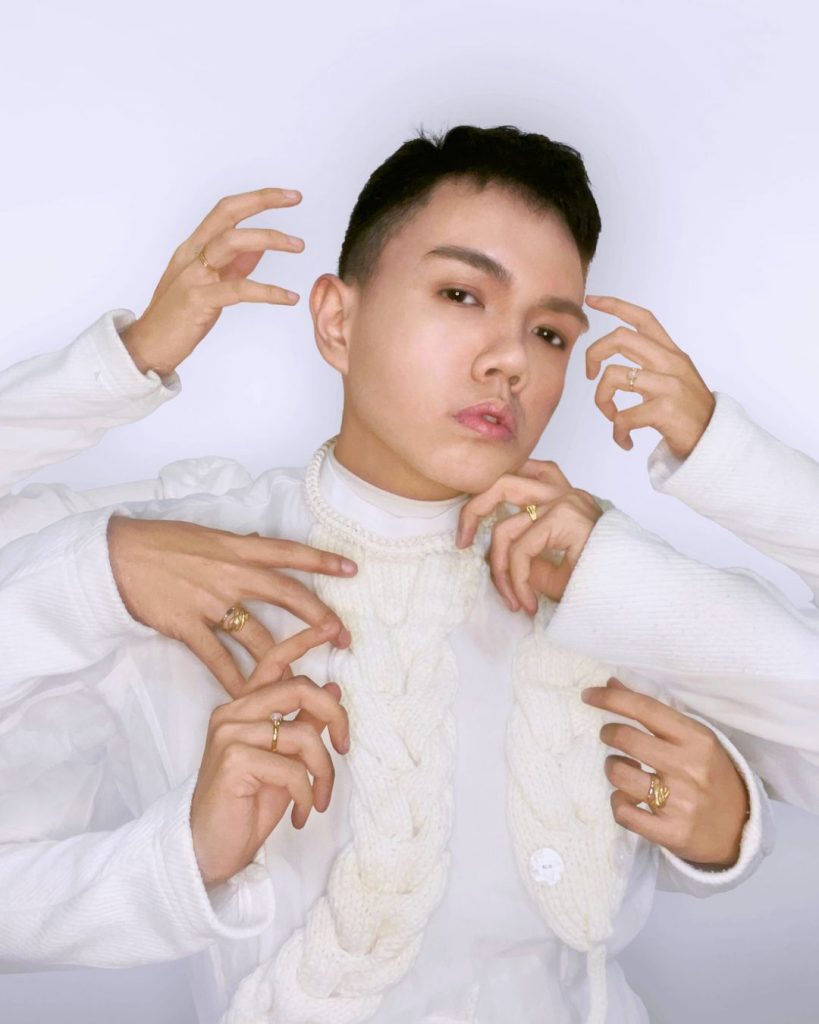
Jann Christian Bungcaras is the first Filipino designer to be part of DONT WALK UK, broke the record of People’s Choice for the Redress Design Awards, the first Filipino representative in San Francisco Sustainable Fashion Week, and winner of the Common Objective Prize.
Marie Estrera, an emerging designer, believes as much in the same concept, sharing that she prioritizes sustainability in her designs from second-hand or vintage clothing, and even unused fabric scraps. “Through repurposing, I give these materials a new lease on life, preventing them from ending up in landfills,” she says. “I strive to create timeless wearable art that is durable and of high quality, encouraging longevity.”
To take things further, Bungcaras introduces Forever Discounts, a campaign where people are encouraged to donate unwanted clothes or fabrics in exchange for stackable discounts. What’s more—and much like when people rent gowns and tuxes for prom—he opens a “clothing library” where renting clothes is an option instead of purchasing one-time-wear outfits. “By doing this we not only keep our production and supply chain in a looping cycle but we encourage others to be involved in it.”
Jann Bungcaras takes inspiration from politics to musicals. “I always see myself in all the stories I try to tell through clothing.” In his recent collection, he relates himself and his designs to Fiyero, the son and heir of a privileged family from the Wicked Musical, who but later turned into a selfless crusader.
For design inspiration, Marie Estrera’s comes as more diverse, drawing from cultural heritage, traditional craftsmanship, art and architecture, and nature. “Nature serves as a constant muse, offering endless inspiration,” Estrera shares, with her goal for sustainability to challenge the industry norms and redefine the concept of fashion as a designer.
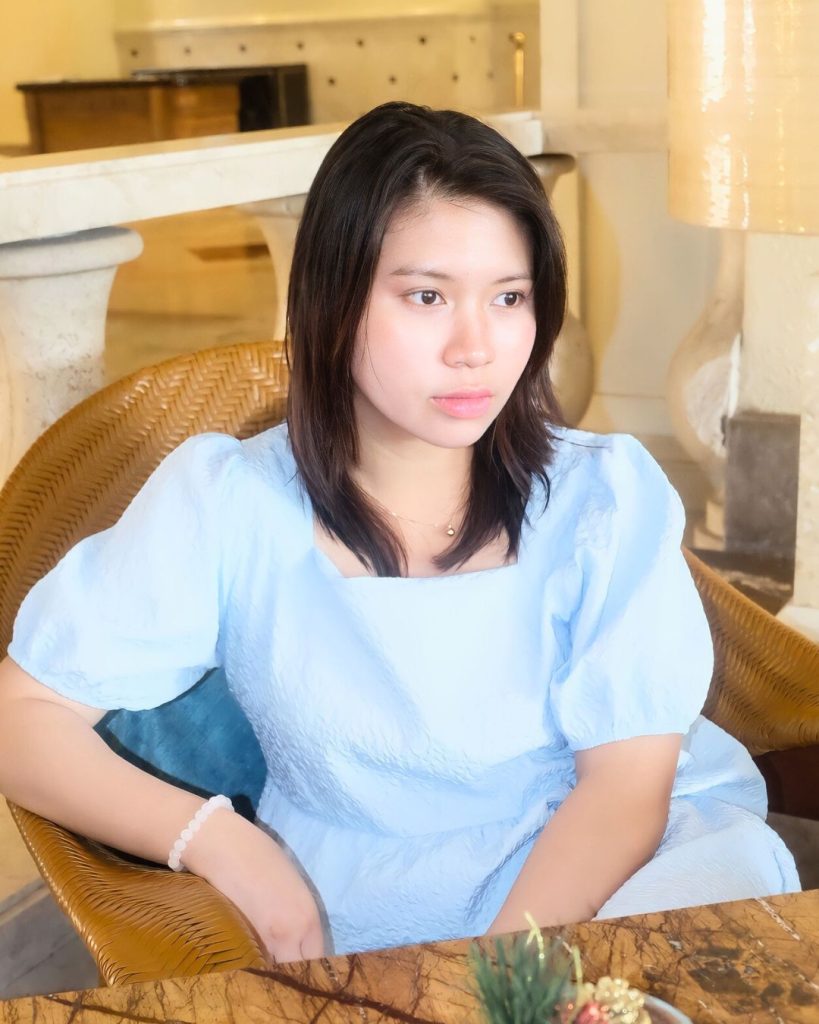
Marie Estrera is an emerging Filipino fashion designer dedicated to creating captivating looks and reimagining garments with a distinctive aesthetic.
As these designers take inspiration from many things, we consumers must also take inspiration from their efforts. I mean, what are we to do with an endless supply of clothing in a single lifetime? “By creating pieces that can be worn and enjoyed for a long time, I promote a shift away from fast fashion and encourage mindful consumption,” Estrera states.
“I believe that designers should be problem solvers first and foremost,” Bungcaras points out, with the belief that designers should be pioneers in the inevitable shift. “And as I said, a garment’s environmental impact is more than 85% locked in the design process, making it most of the designer’s responsibility.”
The power of collective action cannot be underestimated. Saving the environment isn’t just some abstract concept for tree-hugging idealists anymore. It’s a necessity for our survival and the well-being of future generations. We owe it to ourselves, our children, and every living creature to protect the only home we have.
This is a conversation about the urgent need to preserve our planet and explore the practical steps we can take, both big and small, to make a real difference. If our leaders in the fashion industry can do it, so can you, the consumer.


